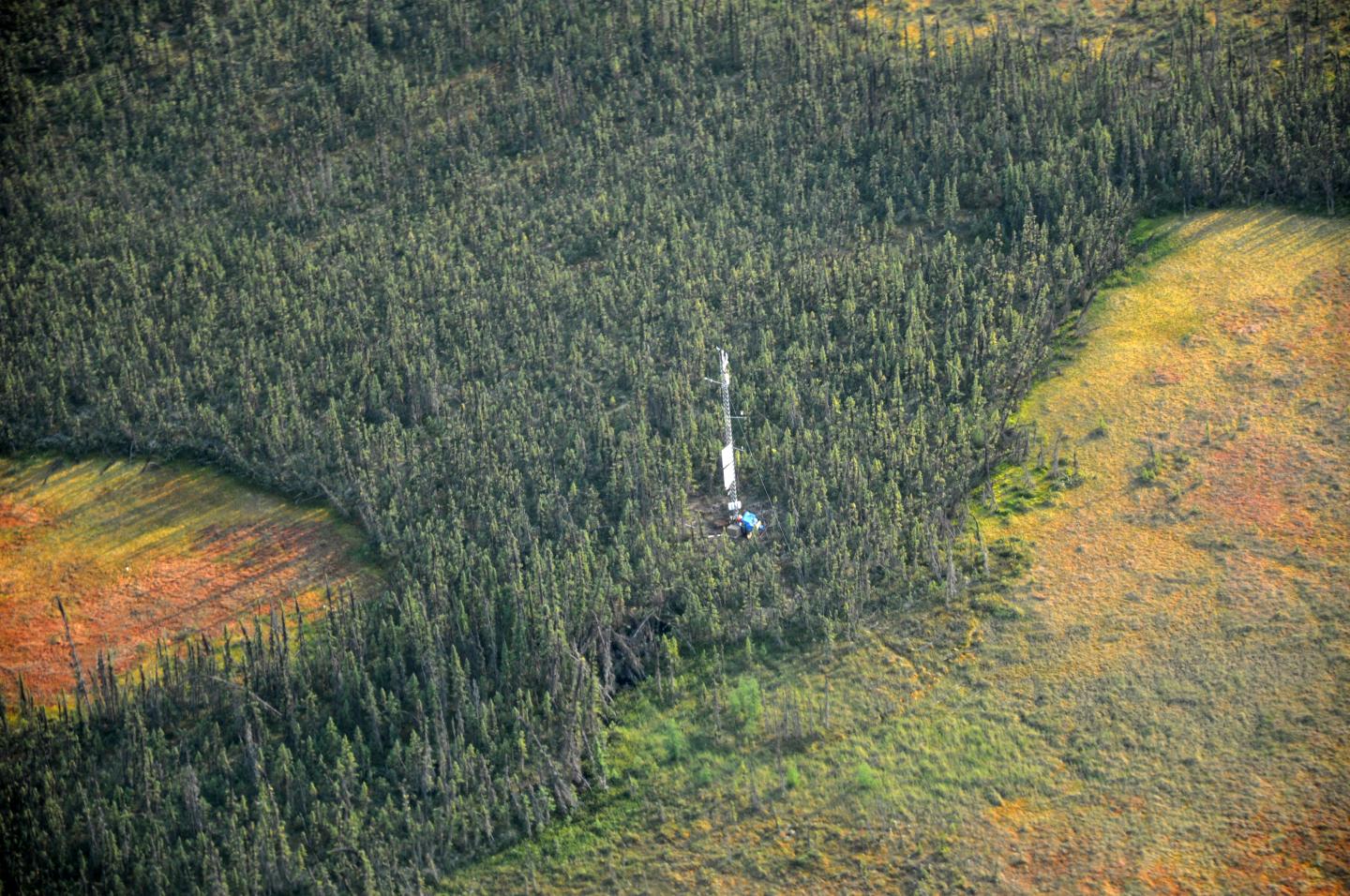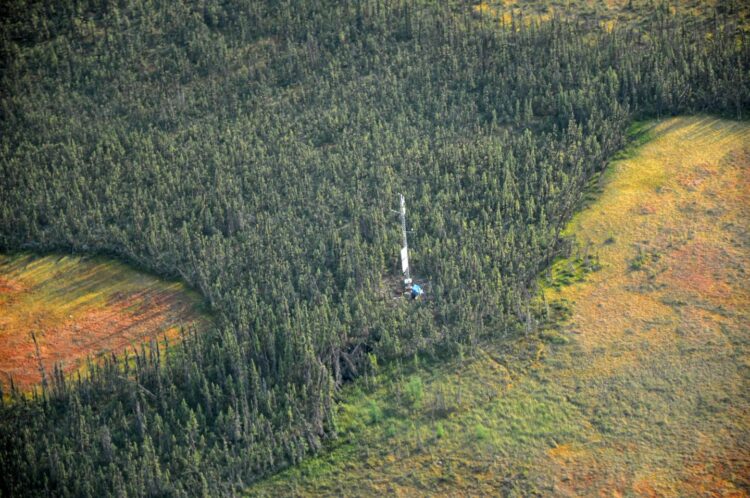
Credit: Manuel Helbig
WOODS HOLE, Mass. — More carbon is stored in the forests, peatlands, and lakes of the high northern (boreal) latitudes than is currently in the atmosphere. Therefore, understanding how the boreal latitudes, which include Canada and Alaska, respond to global warming is very important for predicting its trajectory. As the climate warms, the air gets drier and can take up more water. The pines, spruces, and larches of boreal forests respond by largely retaining their water, but it hasn’t been known how boreal peatlands (bogs and fens) respond.
To compensate, a team of 59 international scientists, including Inke Forbrich of the Marine Biological Laboratory, pooled their data and discovered boreal peatlands lose more water than do forests in response to drying air. This has important implications not only for projections of water availability in these regions but for global carbon-climate feedbacks. With a lower water table, peatlands are more likely to release CO2 to the atmosphere, which in turn would accelerate the pace of global warming.
Most current global climate models assume the boreal region consists only of forest ecosystems. Adding peatlands data will improve their projections. Led by scientists at Canada’s McMaster University, the team published their report this week in Nature Climate Change.
###
Citation:
Manuel Helbig et al (2020) Increasing contribution of peatlands to boreal evapotranspiration in a warming climate. Nature Climate Change, DOI: 10.1038/s41558-020-0763-7
McMaster University press release
The Marine Biological Laboratory (MBL) is dedicated to scientific discovery – exploring fundamental biology, understanding marine biodiversity and the environment, and informing the human condition through research and education. Founded in Woods Hole, Massachusetts in 1888, the MBL is a private, nonprofit institution and an affiliate of the University of Chicago
Media Contact
Diana Kenney
[email protected]
Original Source
https:/
Related Journal Article
http://dx.





